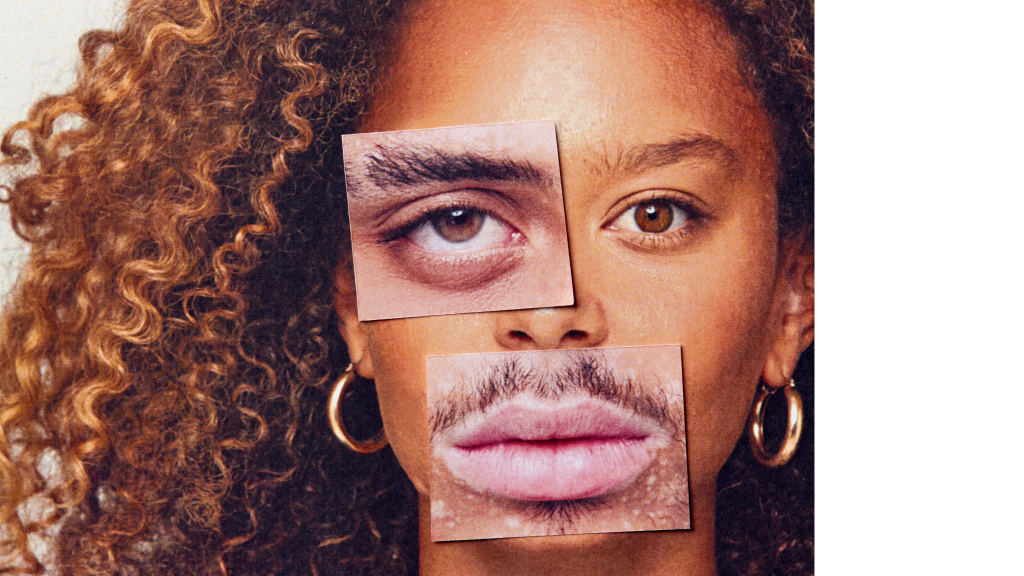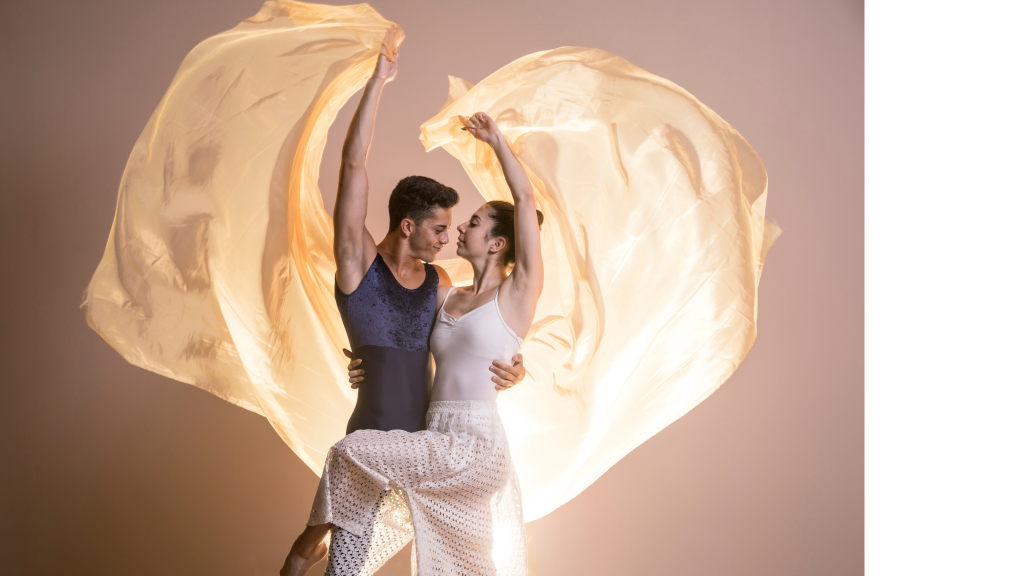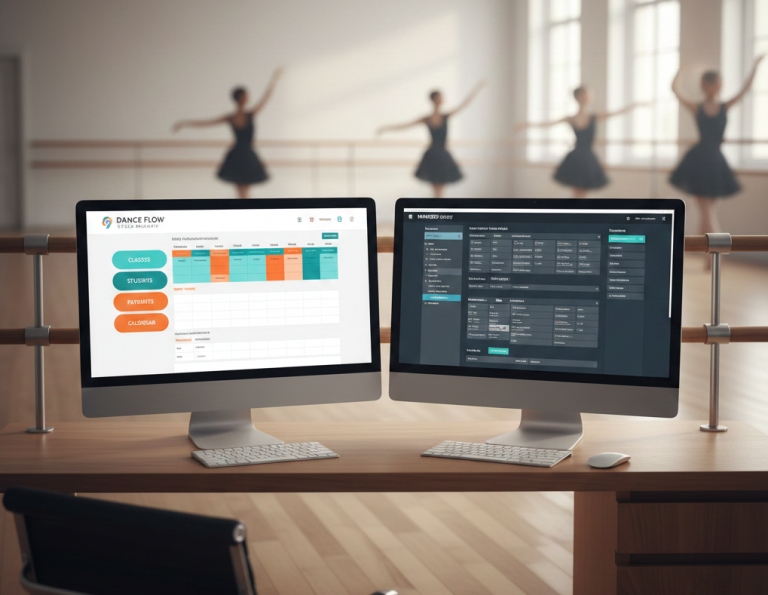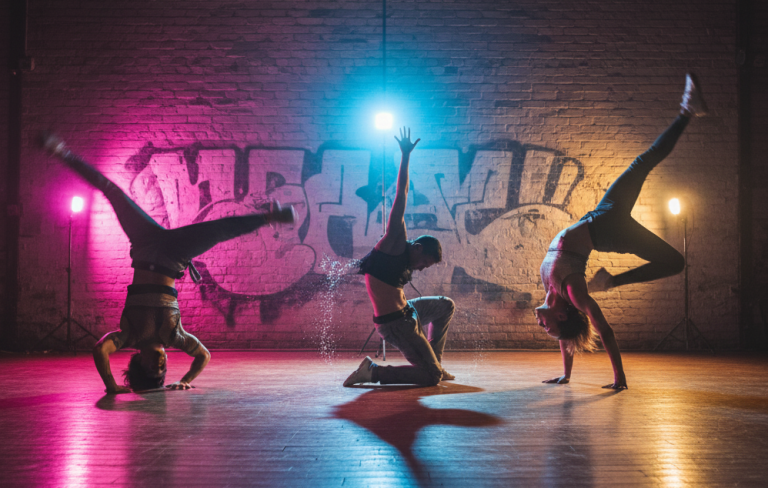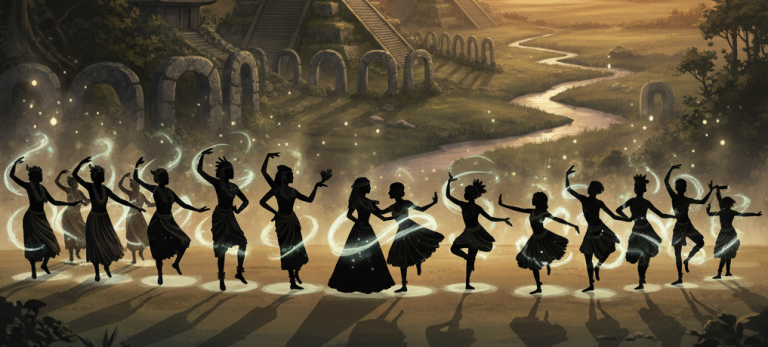Behind the Curtain: 5 Controversial Truths About Ballet Dancers
Ballet is often seen as the pinnacle of beauty and grace — flowing movement, sparkling costumes, and effortless elegance. But what the audience sees on stage is only part of the story.
Behind the curtain lies a world filled with pressure, pain, and long-standing issues that the industry is still trying to confront.
1. Body Image Pressure and Eating Disorders
The ballet world has long upheld strict standards for what a “dancer’s body” should look like — thin, lean, and almost weightless.
As a result, many dancers develop unhealthy relationships with food and body image. Eating disorders like anorexia and bulimia are sadly common in the industry, especially among young dancers desperate to fit in or keep their roles.
Despite increasing awareness, the pressure to maintain an “ideal” ballet physique still haunts many.
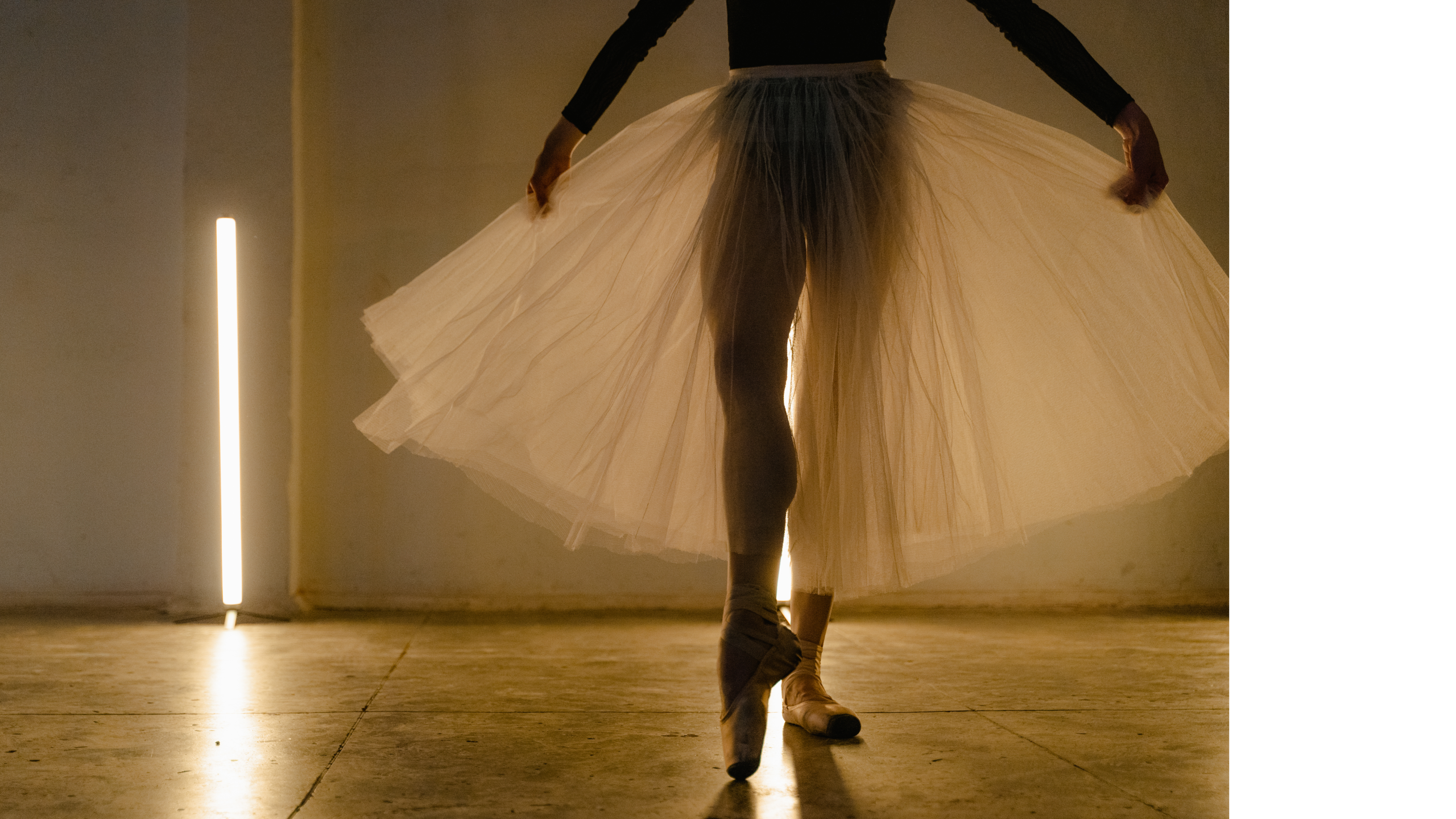
2. Injury and Pain Are the Norm
Ballet is physically brutal.
The seemingly effortless movements mask the reality of torn ligaments, stress fractures, sprained ankles, and constant joint pain. Pointe work alone can cause bleeding toes and long-term foot damage.
What’s worse? Dancers are often expected to push through the pain. Injury is not seen as an exception — it’s considered part of the job.
3. Racial Inequality and Lack of Diversity
Historically, ballet has been dominated by white dancers. Representation for dancers of color — especially Black, Asian, or Indigenous performers — has been lacking on major stages.
Many ballet companies are now starting to acknowledge this gap, but there’s still a long road ahead. From skin-tone-matching costumes and pointe shoes to fair casting and access to training, dancers of color are still fighting for space and recognition.
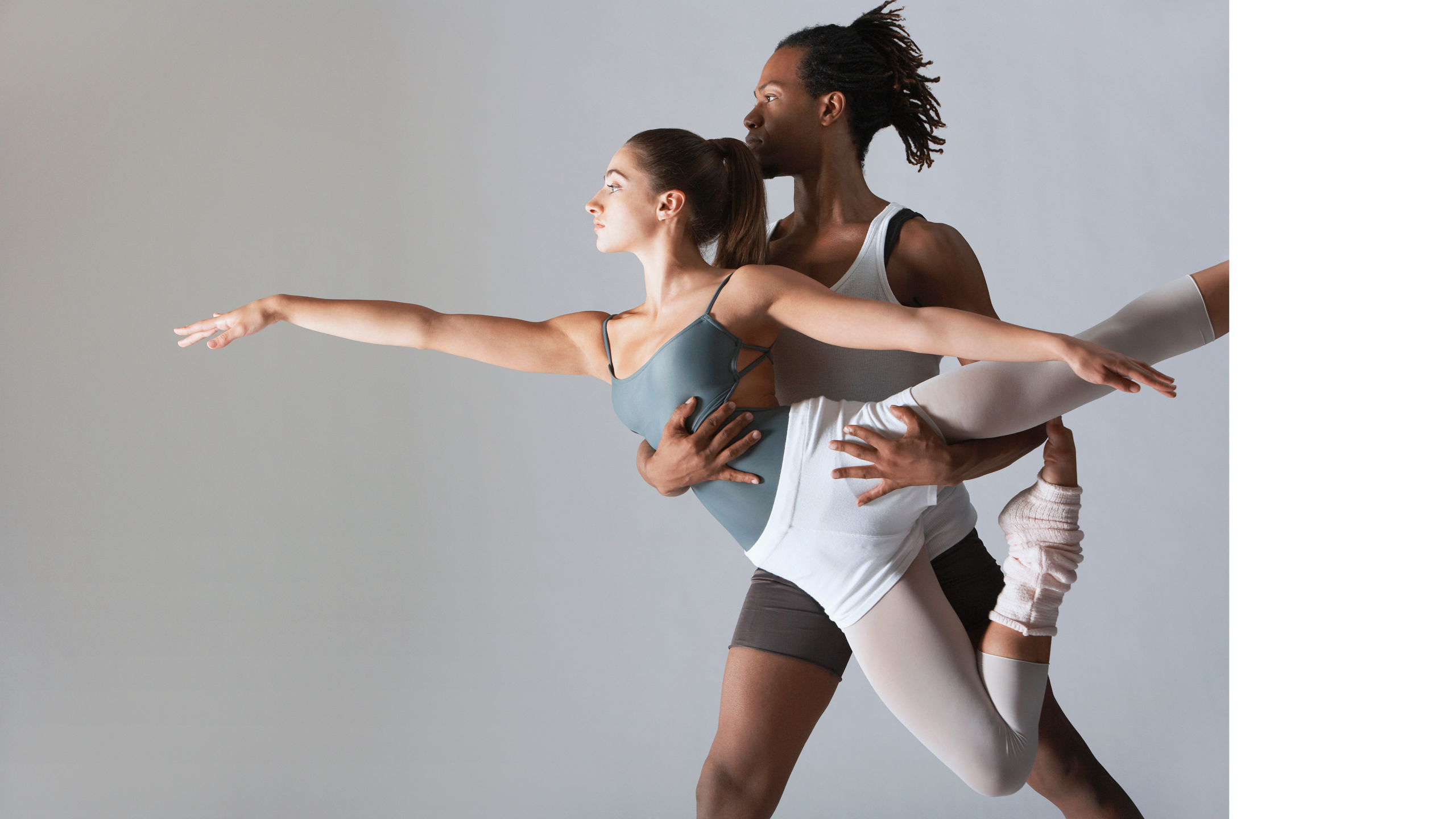
4. Gender Stereotypes Still Limit Dancers
Ballet has rigid expectations when it comes to gender roles.
Men are often cast as strong and supportive — the lifters. Women are portrayed as delicate, graceful, and passive. But what happens when a dancer doesn’t fit that mold?
More and more dancers and choreographers are challenging these norms, embracing nonbinary roles, role reversals, and gender-inclusive performances. The dance world is changing — slowly, but powerfully.
5. Abuse and Misconduct Exist in the Shadows
Like many elite industries, ballet has had its share of scandals involving sexual misconduct, manipulation, and emotional abuse. Because of the power dynamics between dancers, instructors, and artistic directors, some victims have felt silenced for years.
Thankfully, more survivors are speaking out — and ballet institutions are being pushed to take accountability and create safer spaces.
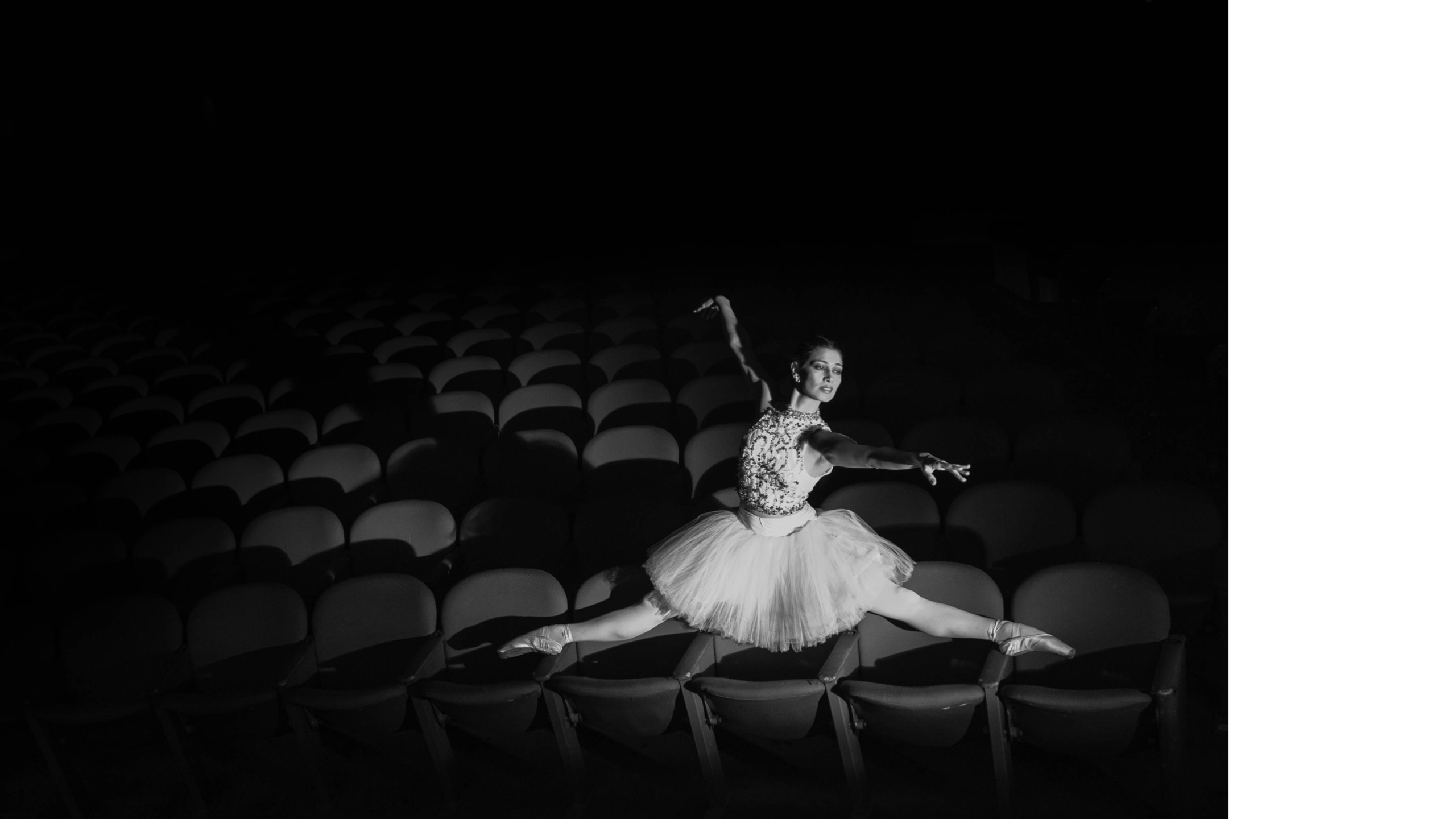
What Do You Think?
Were you surprised by any of these truths?
Have you experienced or witnessed any of these issues in the dance world?
Let’s keep the conversation going — drop your thoughts in the comments or share this post to shed light on ballet’s hidden realities.
-
-
-
-
Payment Processors Compared for Dance Studio Manager (DSM)
PROCESSORS BEST FOR PRICING MODEL HARDWARE WHY IT WORKS WELL INSIDE DSM Paystri (DSM Preferred Partner) Studios wanting personalized rates, high customer support, and a strong DSM relationship. “Meet or beat” pricing for DSM users Often competitive for both low and high-volume studios Chip / swipe / tap readers (varies by region) DSM has a…
-
-
